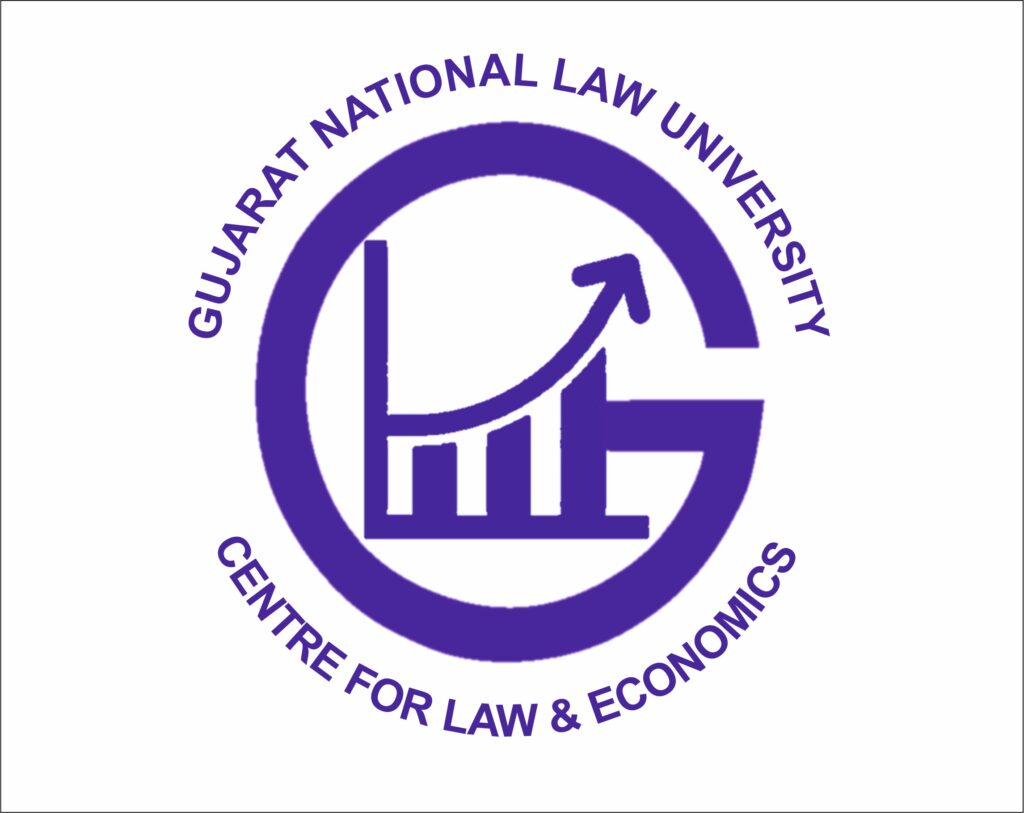A Law & Economic Analysis Of ‘Ordinance Raj’ In India: Navigating The Rule V Standard Debate In The Legal Design As A Mechanism To Reduce Political Cartelization

– Khyati Maurya and Saransh Sood
The data available for the promulgation of the ordinances clearly shows that the number of ordinances that have been enacted post the judgement in the Krishna Kumar Case is in no sense less than the ordinances that have been enacted during the years preceding the judgment. This is so despite the negative impact of the Krishna Kumar judgement on the utility that the executive ought to derive from the enactment of the ordinances. The authors seek to address this anomaly through the microeconomic models and present solutions through the lens of law and economics. This paper conceptualises the solution to the problem of the misuse and the abuse of ordinance-making power by proposing the formulation of the rules that shall seek to add objective grounds to test if the ordinance-making power has been used in a proper manner or it has been used with the mala fide intentions and ill-will on the part of the executive. The level of the delegation to the executive, that is, the scope of the decisionmaking with the, executive, has been analysed by proposing the total cost curve, which seeks to propose the optimum level of stringency in the rules so as to allow the scope for the legislature to meet the emergency situations as well. This is sought to be achieved by framing of such rules for the exercise of the ordinance-making power by the president and the governor, in such a way as to have the objective grounds for the test of the need for the ordinance-making power and also at the same time have the scope and lee-way to the legislature to decide, if the matter needs the enactment of the ordinance to meet the emergency that has arisen.
Keywords: Repromulgation, Krishna Kumar Judgement, Efficiency Analysis
To read more, click here.